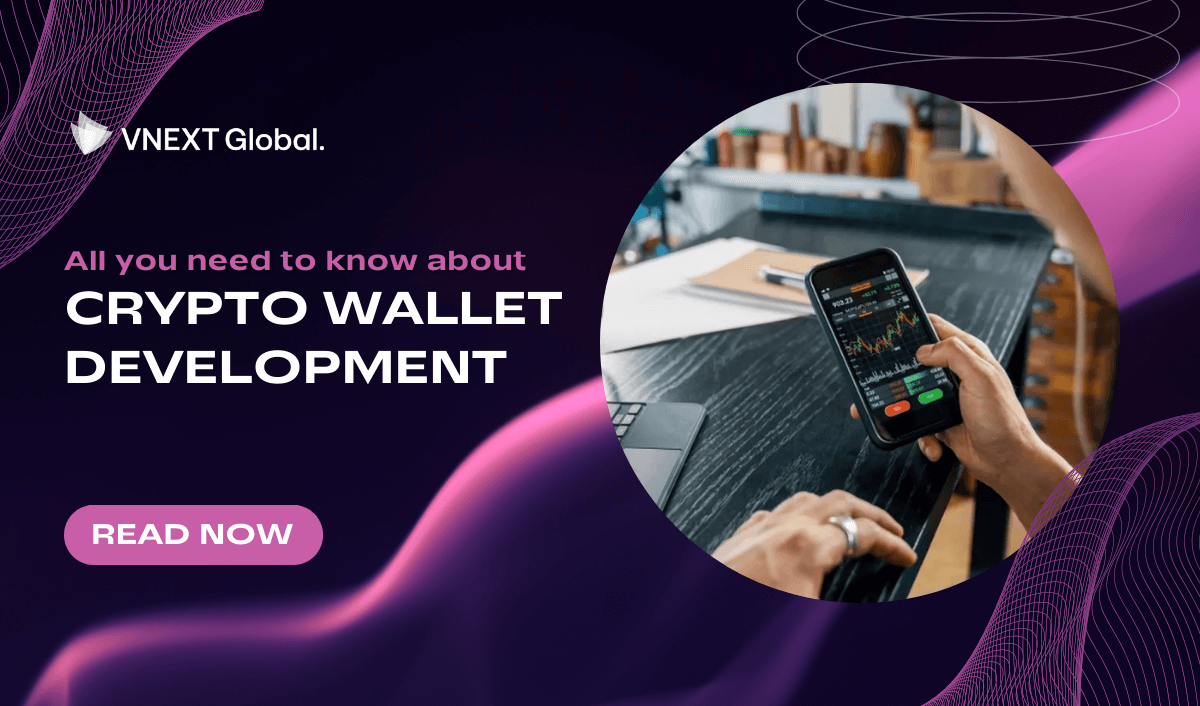All you need to know about crypto wallet development
Crypto wallet enables users to participate in the decentralized economy of cryptocurrencies, which offer various benefits such as transparency, privacy, lower fees, and faster transactions. With increasing demand, crypto wallet development increasingly requires high technology investments.
Here is all you need to know about crypto wallet development!
1. What is crypto wallet development?
Crypto wallet development is the process of creating a software application that allows users to store, send, and receive digital assets such as Bitcoin, Ethereum, and other cryptocurrencies. Crypto wallets are essential for anyone who wants to use crypto as a form of payment, investment, or trading. Crypto wallets can also provide additional features such as security, backup, recovery, exchange, and integration with other platforms and services.
So, in this article, we will only discuss software wallets.
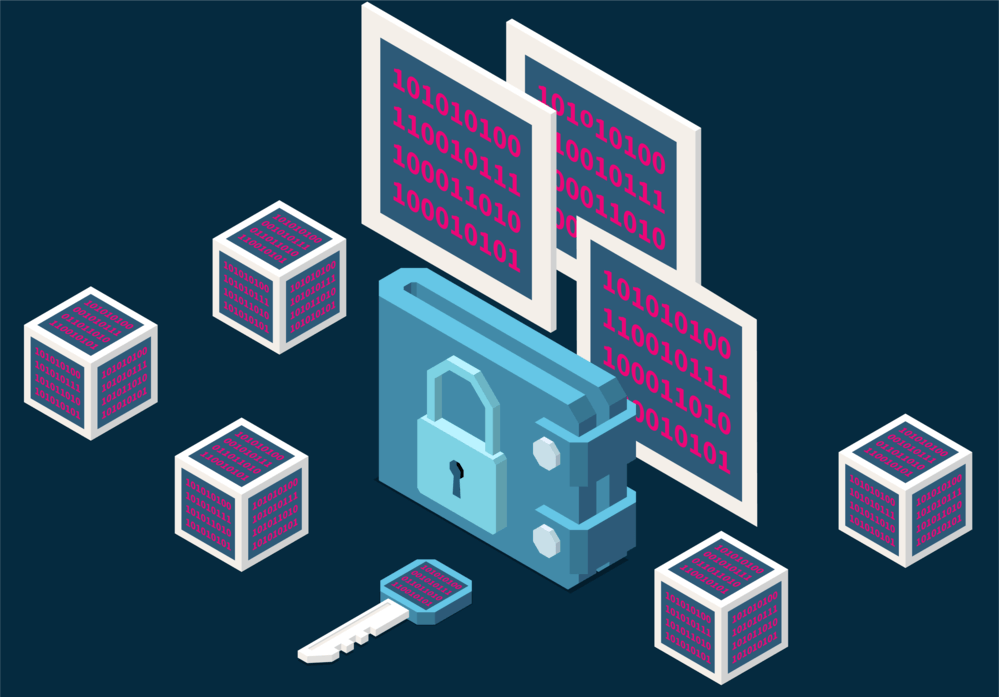
2. Types of crypto wallets
A crypto wallet is a device, software, or service that allows you to store and manage your digital assets, such as cryptocurrencies, tokens, and NFTs. A crypto wallet also enables you to send and receive crypto transactions, as well as interact with decentralized applications on various blockchains. There are many types of crypto wallets, such as hardware wallets, software wallets, web wallets, paper wallets, and more.
Crypto wallets can be classified into three main groups: software, hardware, and paper wallets. They can also be categorized as hot or cold wallets, depending on their connectivity to the internet.
• Software wallets (Hot wallet)
They are applications that run on your computer, smartphone, tablet, or web browser. They are convenient and user-friendly, but they are also more vulnerable to hacking and theft. Software wallets can be further divided into custodial and non-custodial wallets. Custodial wallets are controlled by a third-party service provider, such as an exchange or a platform. They offer easy access and recovery, but they also require you to trust the provider with your private keys. Non-custodial wallets are controlled by you, the user. They give you full ownership and responsibility over your private keys, but they also require you to backup and secure them yourself.
• Hardware wallets (Cold wallet)
Physical devices that store your private keys offline. They are more secure and reliable than software wallets, but they are also more expensive and less accessible. Hardware wallets are usually connected to your computer or smartphone via USB or Bluetooth when you want to make a transaction. They have a built-in screen and buttons that allow you to verify and confirm the transaction details.
• Paper wallets
Pieces of paper with a written or printed code that represents your private key. They are considered outdated and unreliable, as they can be easily lost, damaged, or stolen. Paper wallets are not recommended for beginners or long-term storage.
To sum up, hot wallets are more convenient and user-friendly, but they are also more vulnerable to hacking and theft. Cold wallets are more secure and reliable, but they are also more expensive and less accessible. Depending on your needs and preferences, you may choose one type of wallet over the other.
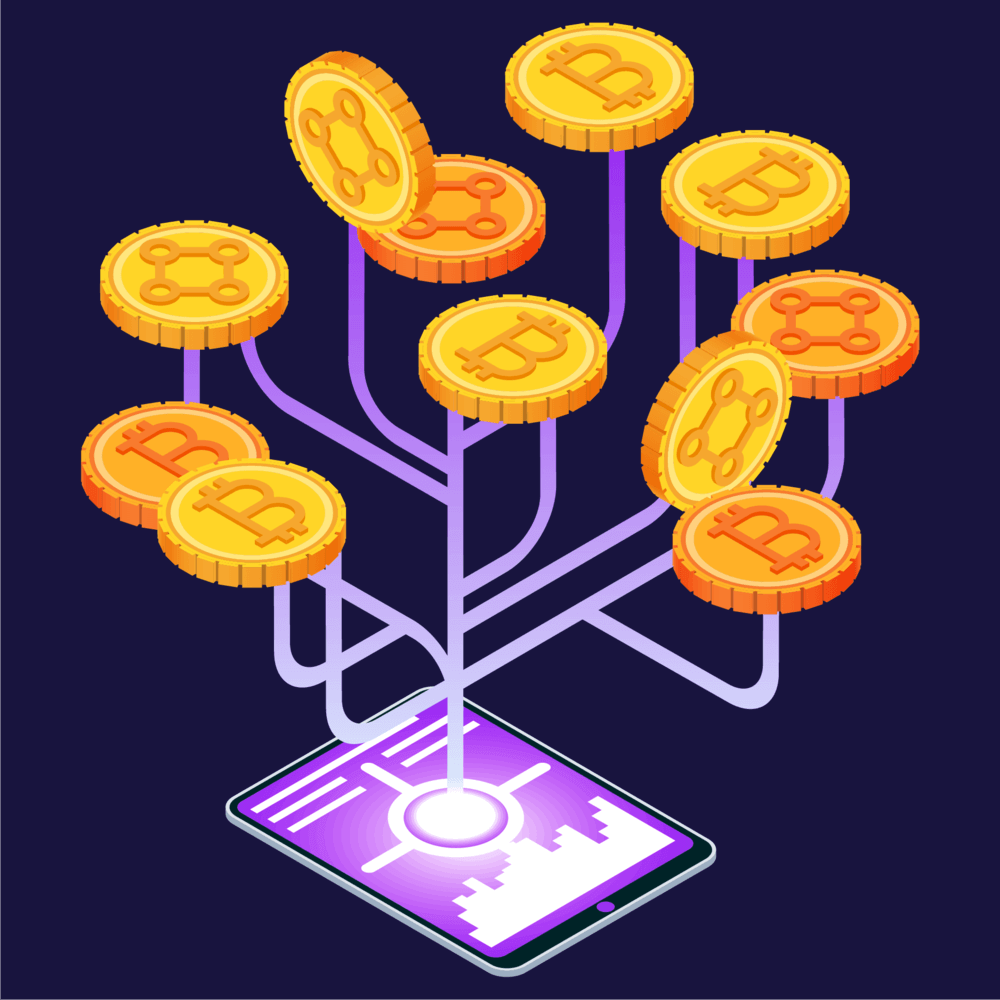
3. Steps for crypto wallet development
If you want to develop a crypto wallet, you need to follow some steps that will help you create a successful and functional app. Here are some of the steps that you can follow:
• Strategy
The first step is to define the strategy for your app. You need to identify the target users, research the competition, establish the goals and objectives, and select a platform for your app.
• Product map
The second step is to create a product map for your app. You need to define the features and functionalities of your app, such as the type of wallet, the supported cryptocurrencies, the security measures, the user interface, and the integration options.
• UI/UX design
The third step is to design the user interface and user experience of your app. You need to create a simple and attractive design that will appeal to your users and make them use your app easily and efficiently.
• Wallet development
The fourth step is to develop the wallet app using the appropriate programming languages and tools. You need to write the code for your app and integrate it with the blockchain network and other services that you want to offer.
• Testing
The fifth step is to test your app thoroughly before launching it. You need to check the functionality, performance, security, usability, and compatibility of your app and fix any bugs or errors that you find.
• Deployment and support
The sixth step is to deploy your app on the platform that you have chosen and provide support and maintenance for your users. You need to ensure that your app is working properly and update it regularly with new features and improvements.
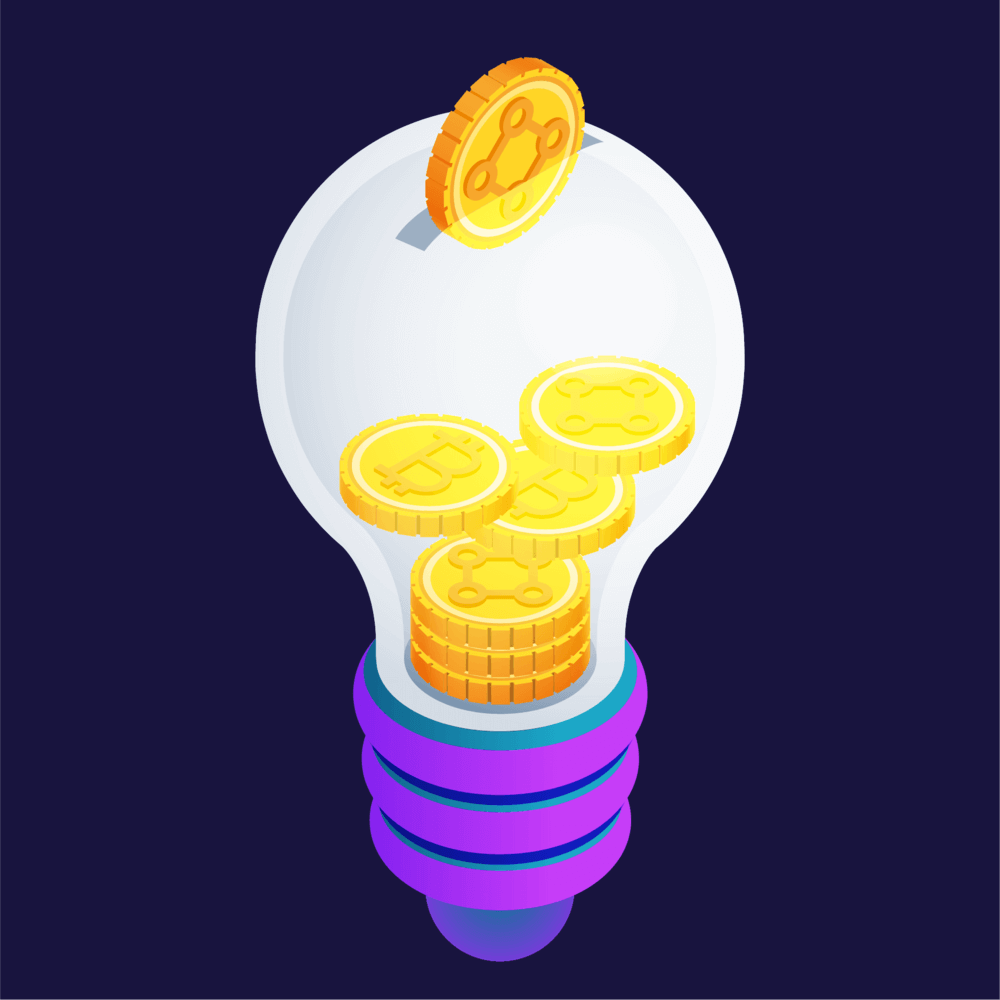
4. Which factors are important when developing crypto wallets?
Some of the factors that are important when developing crypto wallets are:
• The number of supported currencies
A crypto wallet should be able to store, send, and receive different types of cryptocurrencies, such as Bitcoin, Ethereum, Litecoin, Ripple, and others. This will allow users to diversify their portfolio and access various crypto markets.
• The security of the wallet
A crypto wallet should provide strong protection for the user's funds and private keys. Some of the security features that a crypto wallet should have are two-factor authentication, fingerprint scanner, FaceID, hardware authentication, multi-signature, encryption, and backup. These features will prevent unauthorized access, hacking, theft, and loss of the user's crypto assets.
• The user experience of the wallet
A crypto wallet should be easy to use and navigate for the user. The wallet should have a simple and attractive design, a clear and intuitive interface, and a user-friendly guide. The wallet should also offer fast and smooth transactions, low fees, and convenient exchange options. The user should be able to manage their wallet without much difficulty or hassle.
• The anonymity of the wallet
A crypto wallet should respect the user's privacy and confidentiality. The wallet should not collect or share any personal or sensitive information about the user or their transactions. The wallet should also use reliable tools to protect the user's identity and data from prying eyes. Some of the tools that a crypto wallet can use are encryption, VPN, TOR, or mixing services.
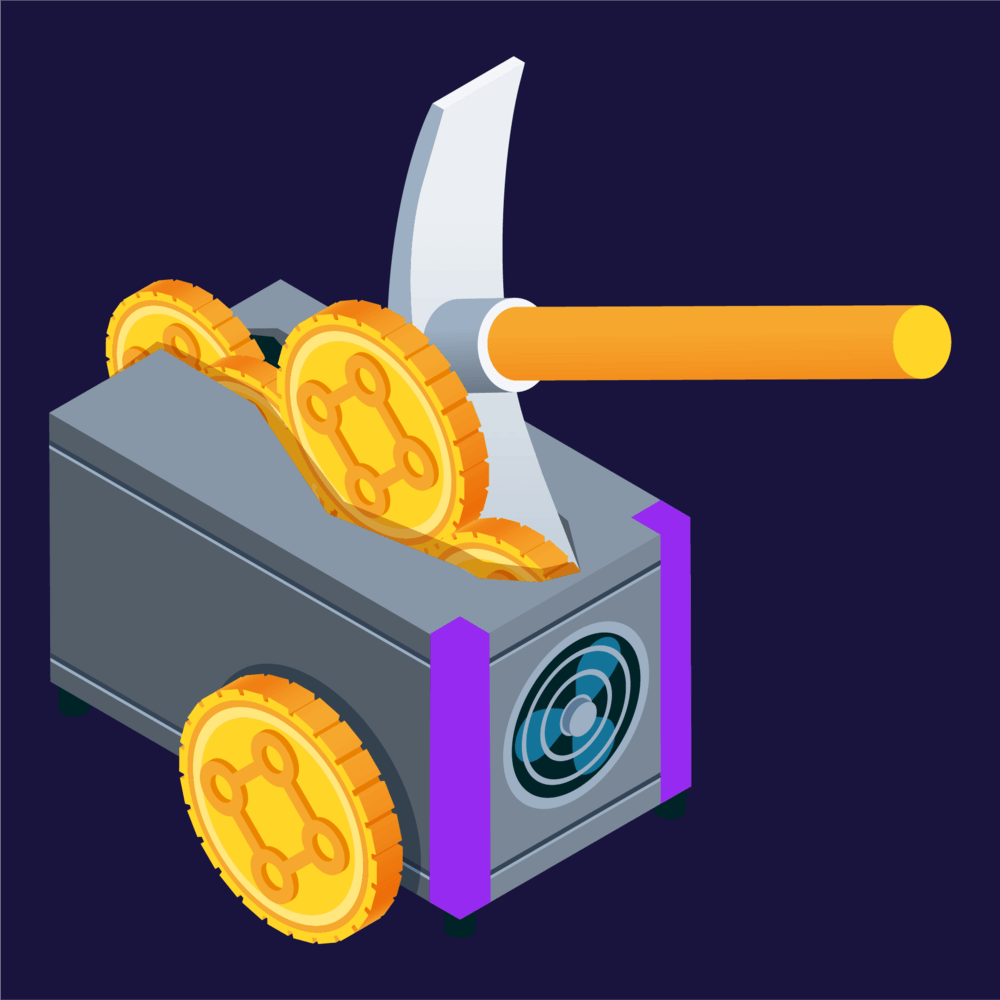
5. Five top features for crypto wallet development
There are many features that can make a crypto wallet app more user-friendly, secure, and functional. Based on the web search results that I found for you using my search_web tool, here are some of the top features for crypto wallet development:
• Multi-cryptocurrency support
A crypto wallet app should be able to support different types of cryptocurrencies, such as Bitcoin, Ethereum, Litecoin, Ripple, and others. This will allow users to diversify their portfolio and access various crypto markets.
• Security features
A crypto wallet app should provide strong protection for the user's funds and private keys. Some of the security features that a crypto wallet app should have are two-factor authentication, fingerprint scanner, FaceID, hardware authentication, multi-signature, encryption, and backup. These features will prevent unauthorized access, hacking, theft, and loss of the user's crypto assets.
• Conversion rates
A crypto wallet app should display the current exchange rates of different cryptocurrencies in real time. This will help users to monitor the value of their coins and make informed decisions about buying and selling.
• Push notifications
A crypto wallet app should send updates to users via push notifications. These updates can include price alerts, transaction confirmations, news, and tips. Push notifications will keep users engaged and informed about the crypto market.
• Built-in Web3 browser
A crypto wallet app should have a built-in Web3 browser that allows users to access blockchain games and decentralized applications (dApps). This feature will enable users to easily trade tokens that are only offered by the decentralized exchange (DEX) platform. It will also facilitate easy NFT trading
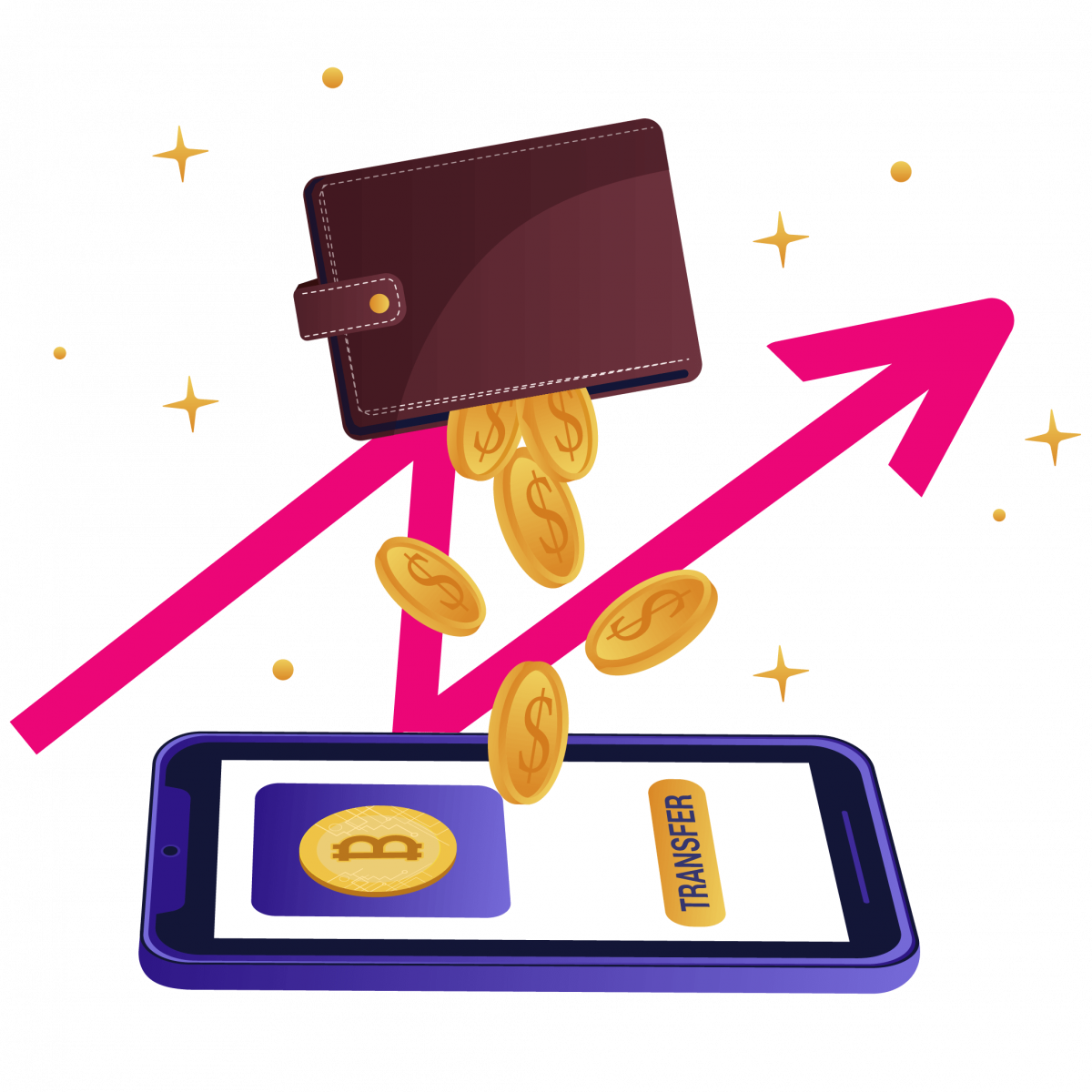
6. Averaged cost for crypto wallet development
In the US UK market, the estimated range of the cost for crypto wallet development is between $10,000 to $200,000. However, this is only a rough approximation and the actual cost may differ depending on your specific requirements and preferences.
Here are some of the factors that influence the cost for crypto wallet development:
• The size and expertise of the development company
Different companies charge different rates based on their team size, experience, reputation, and location. Small-scale companies may charge less than large-scale companies, but they may also have less resources and skills. Mid-scale companies may offer a balance between quality and affordability, but they may also have limited availability and scalability. Large-scale companies may offer high-quality and reliable services, but they may also charge higher fees and have longer delivery times.
• The type and complexity of the wallet
There are different types of crypto wallets that suit different needs and preferences. Some of the main types are software wallets, hardware wallets, and paper wallets. Software wallets are applications that run on your computer, smartphone, tablet, or web browser. They are convenient and user-friendly, but they are also more vulnerable to hacking and theft. Hardware wallets are physical devices that store your private keys offline. They are more secure and reliable than software wallets, but they are also more expensive and less accessible. Paper wallets are pieces of paper with a written or printed code that represents your private key. They are considered outdated and unreliable, as they can be easily lost, damaged, or stolen. The complexity of the wallet depends on the number of supported currencies, the security features, the user interface, and the integration options.
• The features and functionalities of the app
A crypto wallet app should provide various features and functionalities that enhance the user experience and satisfaction. Some of the common features are multi-cryptocurrency support, conversion rates, push notifications, built-in Web3 browser, QR code scanner, biometric authentication, backup and recovery options, exchange services, transaction history, etc. The more features and functionalities you want to include in your app, the more time and money it will take to develop it.
• The platform and technology used
A crypto wallet app can be developed for different platforms such as iOS, Android, Windows, Mac OS, Linux, etc. The platform you choose will affect the development cost as different platforms have different requirements and specifications. You also need to choose the technology stack that will be used to develop your app. This includes the programming languages, frameworks, libraries, tools, APIs, etc. that will be used to write the code for your app and integrate it with the blockchain network and other services. The technology stack you choose will affect the development cost as different technologies have different advantages and disadvantages.
• The testing and maintenance required
The maintenance cost depends on the frequency, complexity, and duration of the maintenance process. A crypto wallet app needs to be tested thoroughly before launching it to ensure its functionality, performance, security, usability, and compatibility. Testing is an essential part of the development process that helps to identify and fix any bugs or errors that may occur in your app. Testing also helps to improve the quality and reliability of your app. Testing can be done manually or automatically using various tools and methods. The testing cost depends on the scope, duration, frequency, and complexity of the testing process. A crypto wallet app also needs to be maintained regularly after launching it to ensure its smooth operation and update it with new features and improvements. Maintenance is an ongoing part of the development process that helps to keep your app relevant and competitive in the market. Maintenance can include bug fixing, feature enhancement, security upgrade, performance optimization, etc.
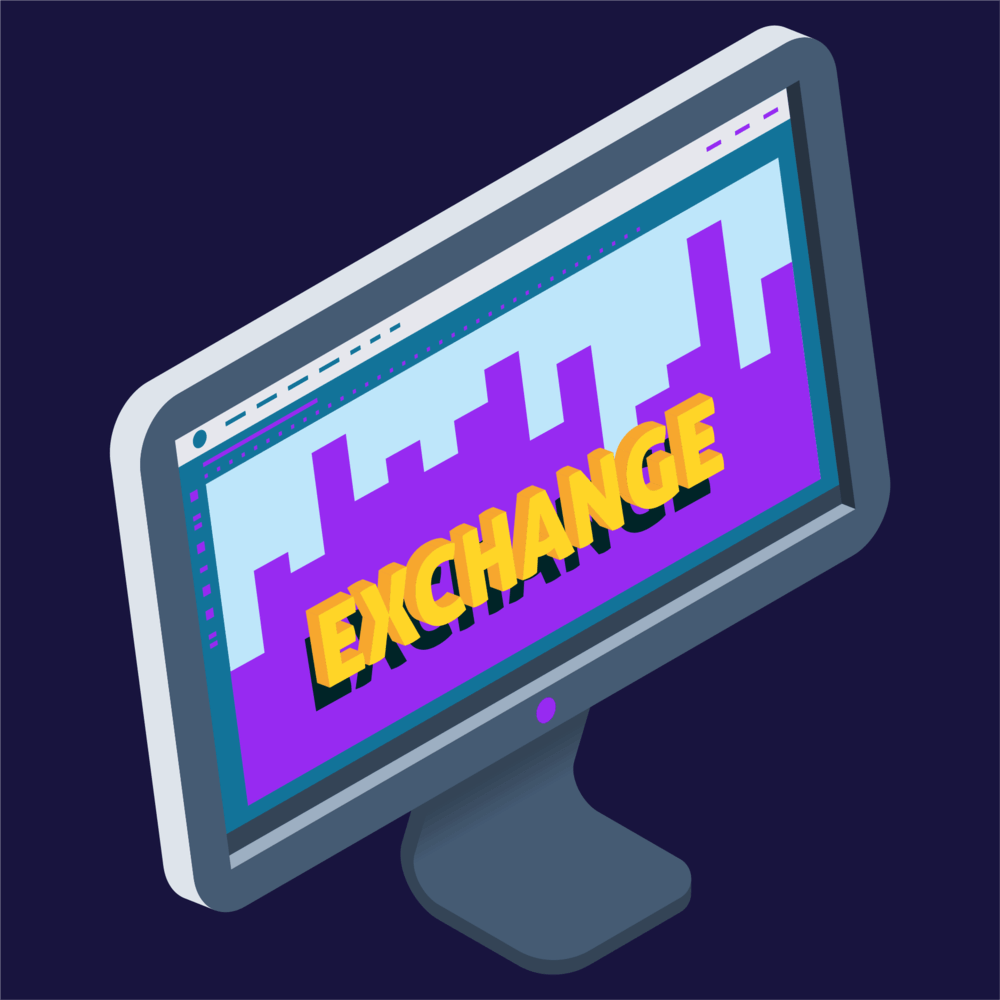
FINAL THOUGHT
If you are looking for a trusted IT partner for crypto development solutions, VNEXT Global is a prioritized blockchain development company. With 14+ years of experience, we certainly can help you to optimize your business digitalization within a small budget and short time. We develop included but not limited to NFT Marketplace, GameFi Development, E-Wallet, iGaming & Lottery Services, P2E (Play-to-Earn). Currently, we have 400+ IT consultants and crypto developers in Blockchain Development, Healthcare, Mobile App, Web App, System Development and Testing Services. We have provided solutions to 600+ projects in several industries for clients worldwide.
Find our showcase of current successful blockchain projects.
Please feel free to drop us an email when it is convenient for you to have an online meeting to discuss this further. Have a productive day!

